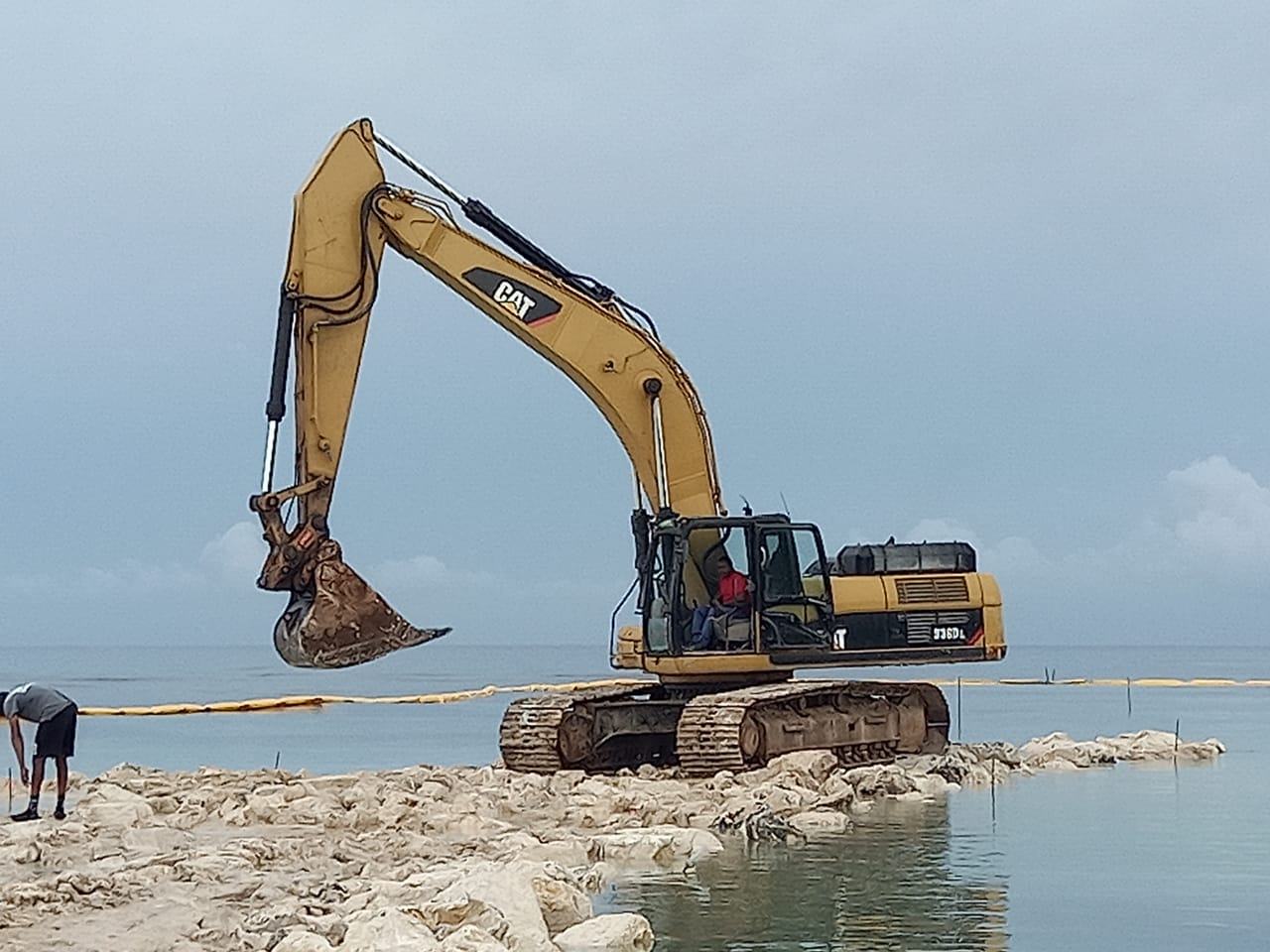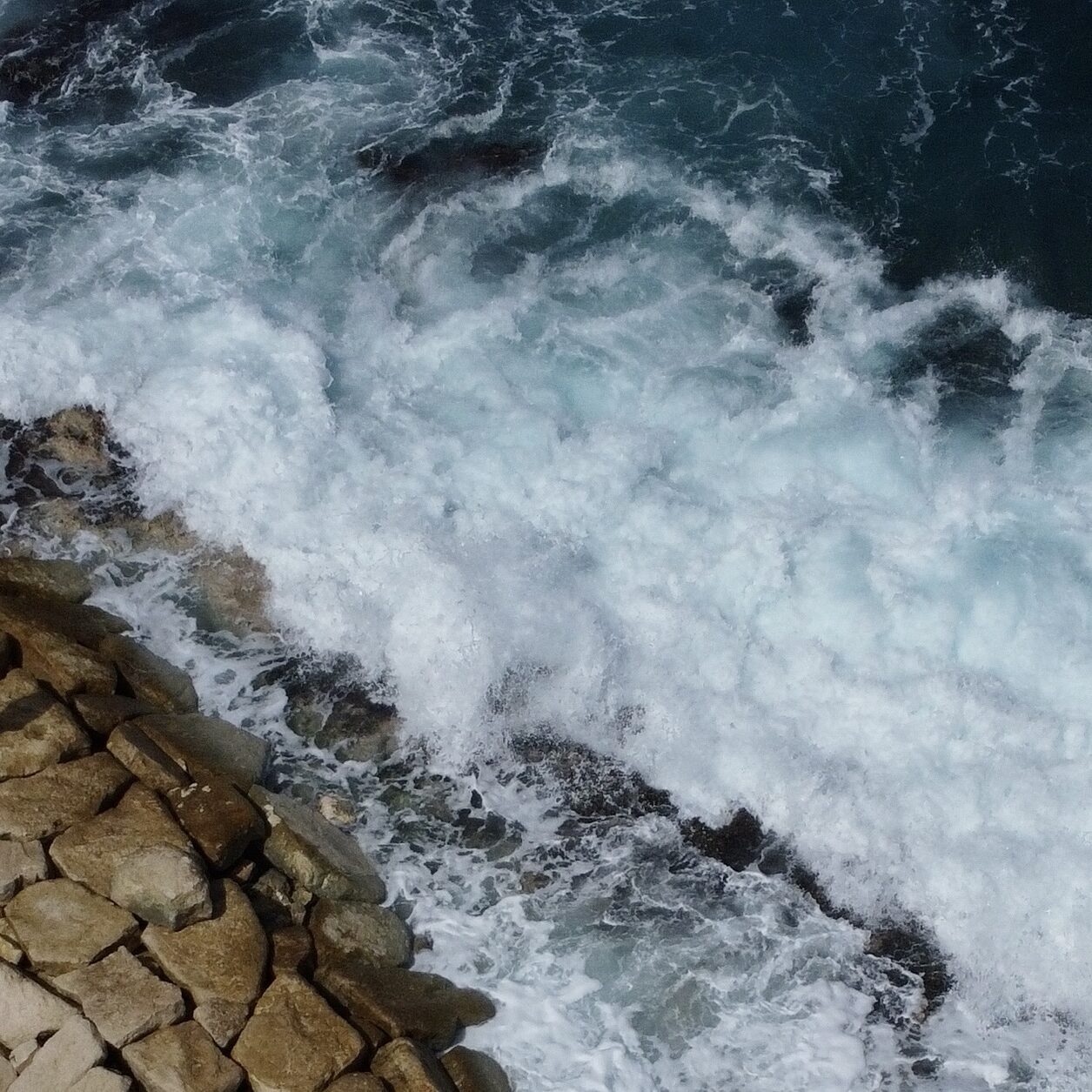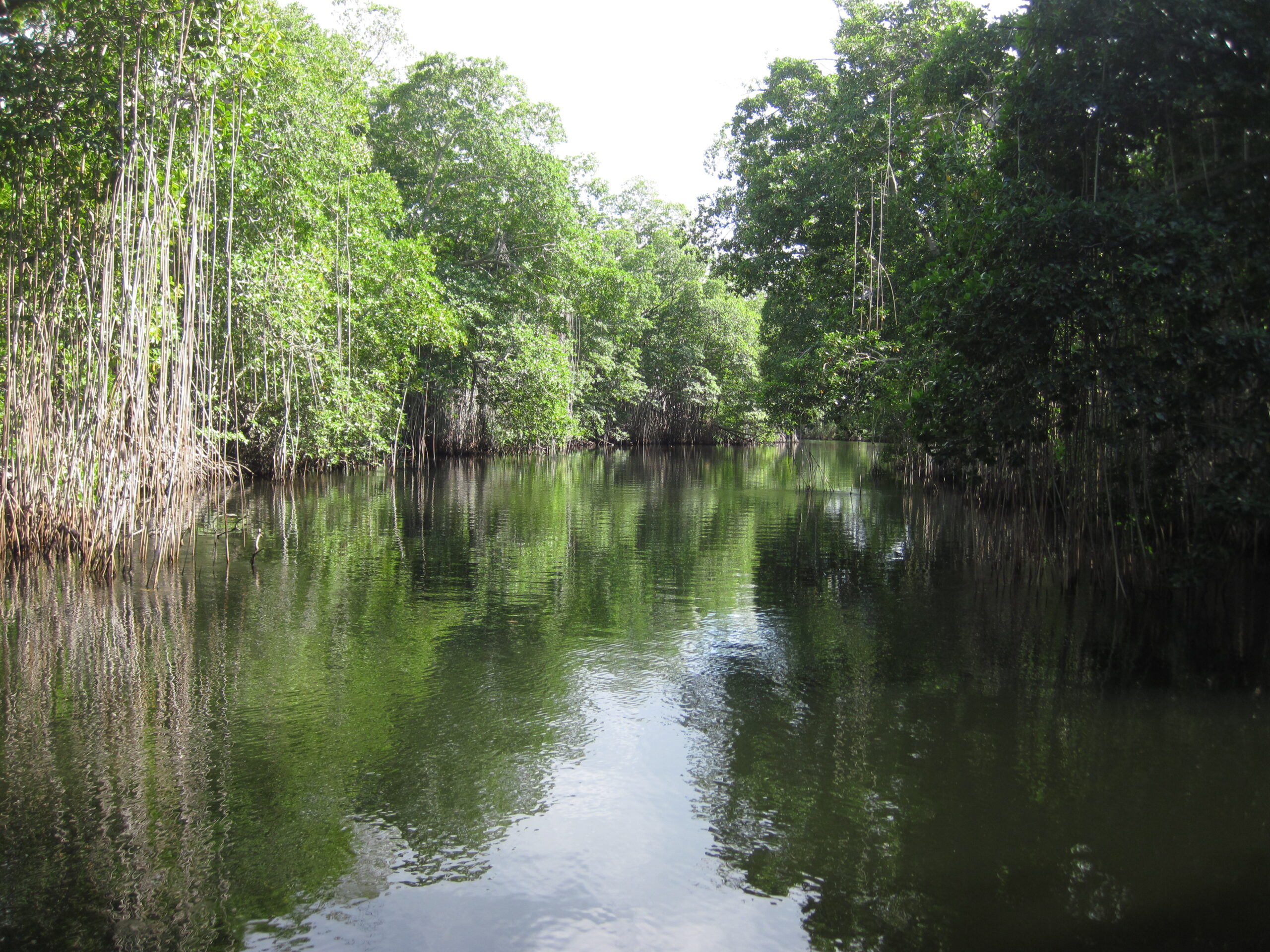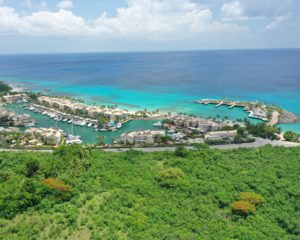
By the time forecasters warn that a major storm is approaching, it’s often too late to do more than the most basic storm preparation. For marinas, on the coast or just inland, planning ahead is key. Proper resilience measures can minimise storm damage, keep closures for repairs to a minimum, and maintain access channels for waterfront transport of supplies. But planning, design, permitting, and construction all take time.
The first stop in proactive planning is an assessment of the marina’s vulnerability. Dr. David Smith, Coastal Engineer and Co-Founder of Smith Warner International, who now directs the firm’s Quality and Innovation sector, explains, “In the design of the marina, it’s really important to consider the wave energy, both entering the marina and inside at the berthing locations. What you don’t want is resonance or waves bouncing around that could break mooring lines.”
David continues, “We’ve worked with marina owners to reduce some of that energy coming in or bouncing around inside the marina. We would perhaps treat some of the walls to make them less reflective, perhaps by adding sloping armour stone revetments inside.”
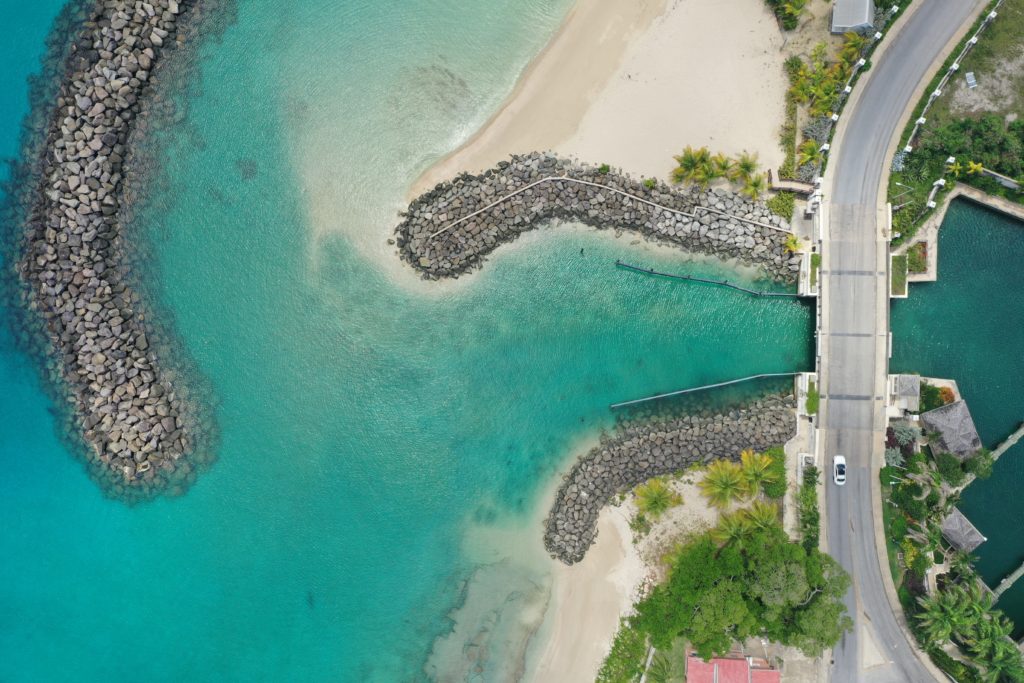
In assessing the waves and their approach to shore, other questions to ask include: How steep is the shoreline? What kind of, if any, protective structures already are in place, such as breakwaters or revetments or natural protection such as a reef or wetlands? Where will floodwaters come from – seaside, landside, or both? On more mountainous islands where the marina could be flanked by hills or where rivers empty into the sea, the potential for landslides or mudslides after a major rainfall is another factor to consider.
One of the difficulties in adaptation planning is that there is no “standard” estimate of sea level rise. Currently, global mean sea level is rising at a rate of approximately 3.6 mm per year. But there is a wide range of future estimates, mostly influenced by the threat of melting polar ice sheets. The deeper the water at the shoreline, the larger the waves that can attack the shore. Major storms, such as hurricanes, bring with them wind-driven waves riding on top of storm surge.
“When you build a structure, say you build a marina with interior walls and the entrance structures are built with the crest at a certain elevation, say you want it to work 50 years into the future, you really should do an estimation of what the sea levels are going to be in 50 years and account for that in your design.”
It is because of the sheer force of some storm waves that nature-based solutions often cannot protect a marina on their own and therefore do not play a major role in marina design. “However,” David adds, “There’s no reason why the entrance channel to a marina could not incorporate mangroves, because that would be a very effective way of absorbing incoming wave energy. You would have to transplant some of the mangroves and dredge the channel,” which he admits is a controversial approach. But, “if you’re building a new marina, there is potential to have a hybrid, traditional armour stone jetty on the outside face, but on the inside face, the mangrove root system could absorb wave energy coming in.”
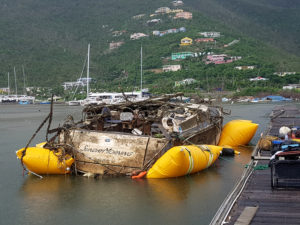
For some marinas, deployable flood and wave barriers are another possibility. However, not only do these barriers require time for installation, the personnel who install them need to deploy them properly and according to plan to maximise chances of success.
Being at the water’s edge, marinas clearly are among the most vulnerable infrastructure facilities during major storms. But proper planning, resilient design, and foresight can protect not only the physical structure of the marina but the valuable boats that berth inside.
